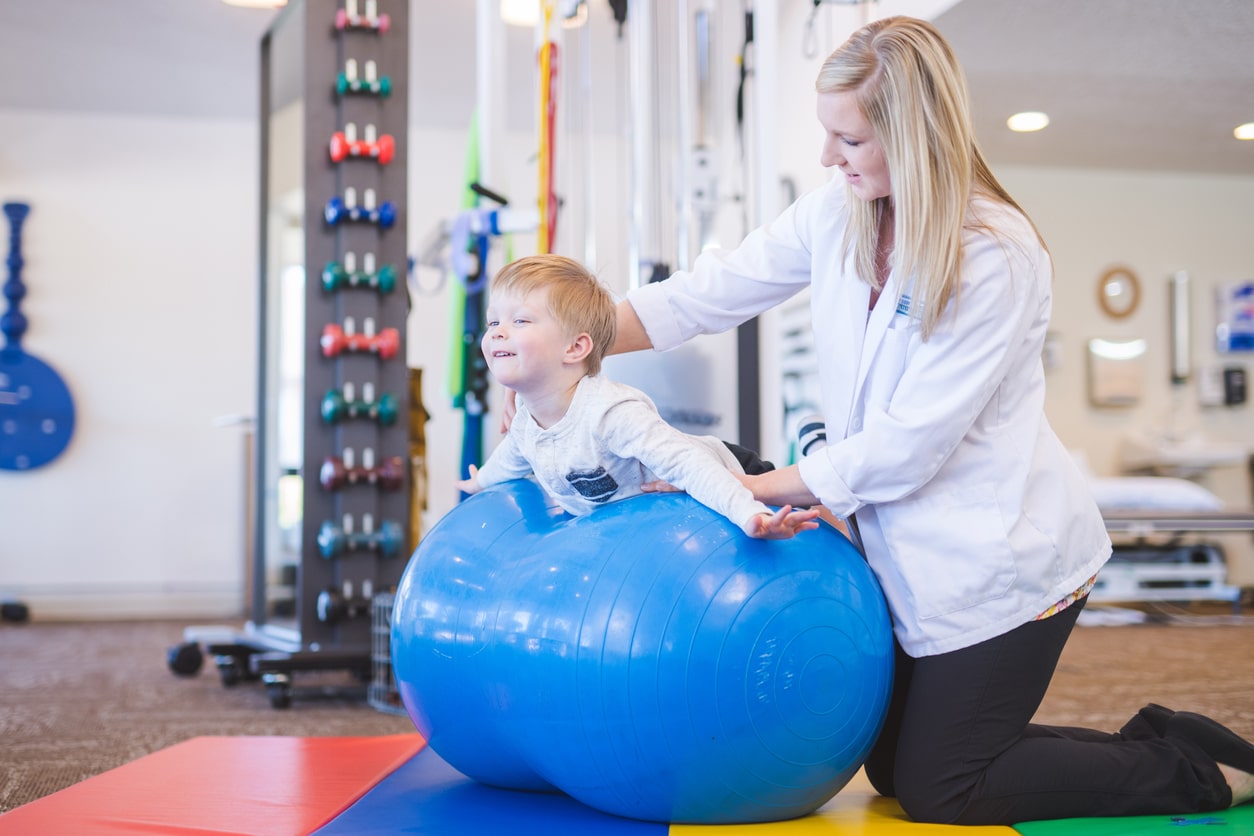Perfecting this Craft of Workplace Design to Enhance Ease and Productivity in Work Environments
Perfecting this Craft of Workplace Design to Enhance Ease and Productivity in Work Environments
Blog Article
Refining this principle of workplace optimization is critical for designing professional environments that promote comfort and work output. Applied ergonomics is the study of designing work environments, apparatus, and responsibilities to accommodate the needs of team members. By focusing on how users utilize their physical environment, businesses can reduce risk of injury and prevent repetitive stress disorders. An ergonomic workspace enables fluid movement and lessens strain, which can lead to improved performance and well-being among employees.
One key aspect of ergonomic planning is the placement of fixtures and tools. Work surfaces should be at a level that allows employees to sit with their forearms at a 90-degree angle while typing. Ergonomic seats should provide adequate support for the lower back, supporting spinal alignment. Additionally, monitors should be mounted at neutral gaze level to avoid neck strain. By verifying that these elements are properly adjusted, workers can maintain a comfortable position throughout their assignments, minimizing fatigue and enhancing concentration.
An additional critical consideration in an well-designed workspace is the use of supportive technologies and equipment. This includes input devices, navigation tools, and other components engineered to minimize repetitive strain injuries. For instance, using an orthopedic typing device can contribute to minimize wrist pain caused by repetitive typing. Furthermore, ergonomic seating and height-adjustable workstations allow employees to change their position throughout the day, which can alleviate postural fatigue and amplify alertness. Allocating resources toward quality ergonomic tools can generate optimal work habits and improved productivity rates.
Illumination is also a critical element in occupational planning. Balanced lighting can minimize visual fatigue and make it easier to engage with their job functions. stretching and mobility for athletes Daylight is ideal, but if that is not available, using task-specific artificial lighting can help providing a functional atmosphere. It is advisable to avoid harsh fluorescent lights that may induce migraines or fatigue. By ensuring adequate lighting, workspace planners can foster an environment that supports both comfort and work quality.
In closing, promoting scheduled breaks is imperative for sustaining an ergonomic workspace. Reminding workers to take short breaks can assist relieve bodily stress and mental fatigue. During these breaks, users should be guided to perform mobility exercises or walk around to improve physical engagement. Integrating routine break times can help create a structure that prioritizes human performance without compromising productivity. In summary, applying ergonomics in see this the workplace not only improves well-being but also fosters a more engaged work culture where team members can thrive.